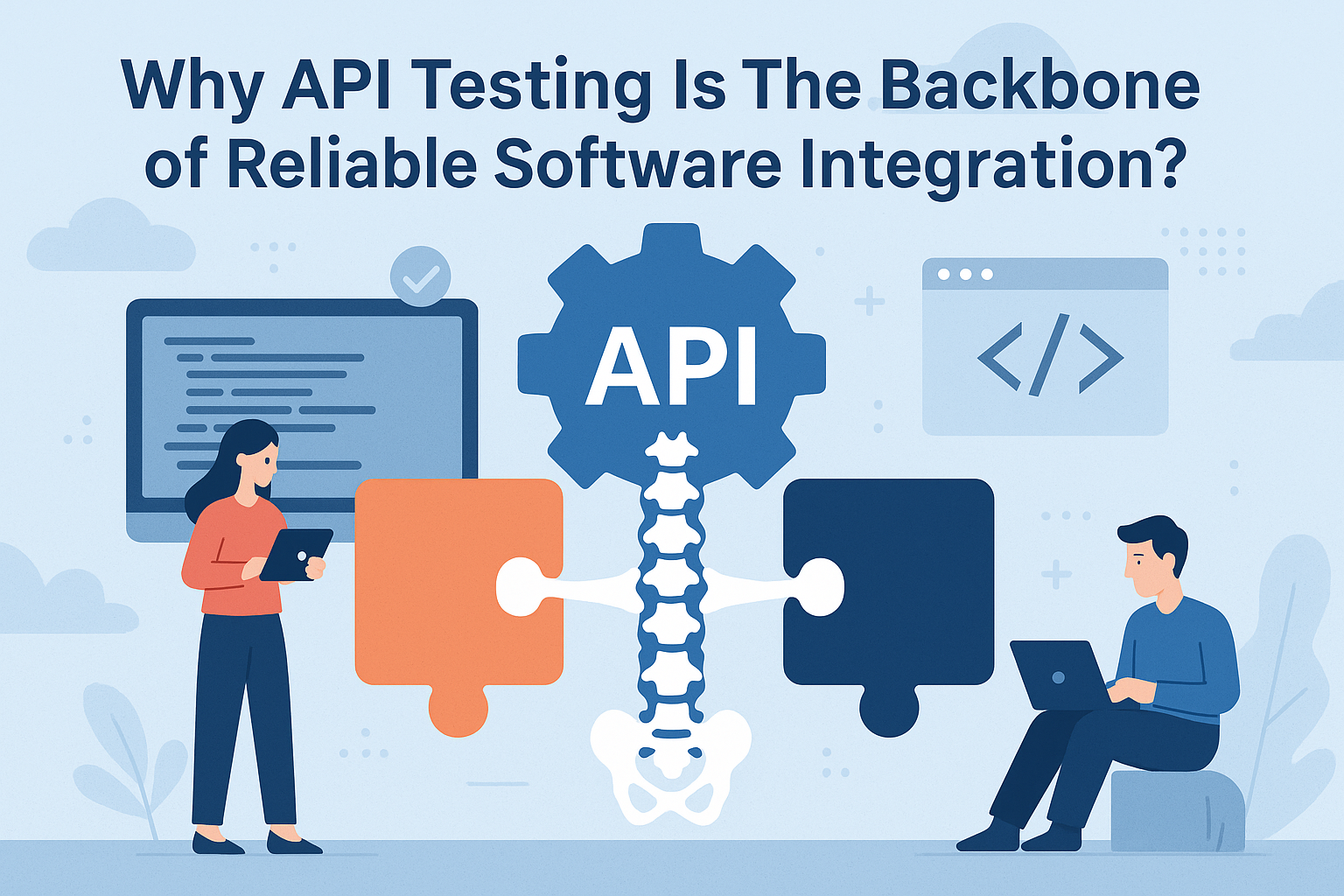
In an era where modern applications rely heavily on microservices and third-party integrations, api testing has become more critical than ever. It ensures that different software components can communicate seamlessly, reliably, and securely. From mobile apps and web platforms to IoT devices and enterprise systems, APIs form the glue that binds them all — and testing them is no longer optional.
What Is API Testing?
Api testing is the process of verifying that an application’s programming interfaces (APIs) are functioning as expected. Unlike front-end testing, which focuses on how the application looks and feels, api testing evaluates the logic, data exchange, and responses of the underlying services.
It often involves sending HTTP requests to different API endpoints and verifying whether the responses (status codes, payloads, headers) are correct and meet business rules. This kind of testing can cover everything from individual endpoints to complete workflows across multiple systems.
Why API Testing Is Essential
There are several compelling reasons why api testing should be prioritized in your development and QA workflows:
- Early Bug Detection: Since APIs usually evolve before the UI is built, api testing can start early in the development cycle, catching issues sooner.
- Improved Test Coverage: APIs touch almost every part of an application. By testing APIs, you indirectly test core business logic and backend systems.
- Language Independence: APIs can be tested independently of the UI and across different platforms, making testing more flexible and scalable.
- Faster Feedback Loops: Automated API tests run quickly and are ideal for integration into CI/CD pipelines.
In short, api testing helps development teams release software faster without compromising on stability.
Common Types of API Testing
Different types of tests help validate different aspects of your API:
- Functional Testing: Checks if the API works according to specifications.
- Load Testing: Measures the API’s performance under various levels of demand.
- Security Testing: Ensures that APIs are protected against unauthorized access or data breaches.
- Validation Testing: Confirms that API responses are in the correct format and contain expected data.
- Error Handling: Tests how gracefully an API fails when provided with invalid inputs.
All these tests contribute to a robust and production-ready API system.
Open Source API Testing Tools
As more companies adopt API-first development, the demand for reliable and scalable testing tools has grown. Fortunately, there are many open source api testing tools available that make this process efficient and cost-effective.
Some popular options include:
- Postman CLI / Newman: Widely used for designing and running API tests, especially in collaboration-heavy environments.
- Hoppscotch: A lightweight, open-source alternative to Postman with a clean interface and fast execution.
- Insomnia: Known for its intuitive design and robust support for GraphQL and REST.
- Keploy: One of the most promising and emerging open source api testing tools that automatically creates test cases and mocks by capturing actual API traffic. It’s particularly useful for teams working on microservices, as it simplifies regression testing without needing to write tests manually.
These tools allow teams to validate API functionality, test under load, and even integrate tests into continuous deployment workflows.
Role of API Monitoring in Quality Assurance
While api testing is performed during development and deployment, api monitoring plays an ongoing role in post-deployment reliability. It involves continuously checking your APIs in real-time to ensure they are up, responding correctly, and performing within acceptable thresholds.
Monitoring goes hand-in-hand with api testing to provide end-to-end quality assurance. Where testing helps catch issues before release, api monitoring helps catch failures in production. Together, they create a feedback loop that improves uptime and user experience.
With synthetic monitoring and alerting tools, teams can proactively identify problems—such as slow responses, failed authentications, or increased error rates—before users notice.
Best Practices for Effective API Testing
To build an efficient api testing strategy, consider the following best practices:
- Start Early: Integrate api testing into your development pipeline from the beginning.
- Use Mock Servers: Simulate third-party APIs or unstable systems to test in isolation.
- Automate Where Possible: Automate functional and regression tests using tools like Keploy, Postman, or custom scripts.
- Focus on Edge Cases: Go beyond “happy path” scenarios—test for timeouts, malformed inputs, and large payloads.
- Integrate with CI/CD: Make api testing part of your build process to catch regressions early.
- Complement with api monitoring: Don’t just test once—monitor your APIs in production to catch live failures.
Final Thoughts
APIs are the silent workhorses behind modern applications. Whether you’re connecting internal services or integrating with third-party platforms, the reliability of your API directly impacts the user experience. That’s why api testing is no longer a nice-to-have—it’s a fundamental part of any modern software development strategy.
By combining robust api testing with real-time api monitoring and leveraging open source api testing tools, teams can build scalable, secure, and resilient systems. Whether you’re testing RESTful endpoints or GraphQL queries, the key is consistency, automation, and early feedback. Invest in a strong api testing practice now—and avoid costly failures later.